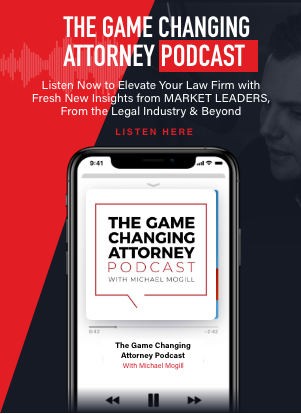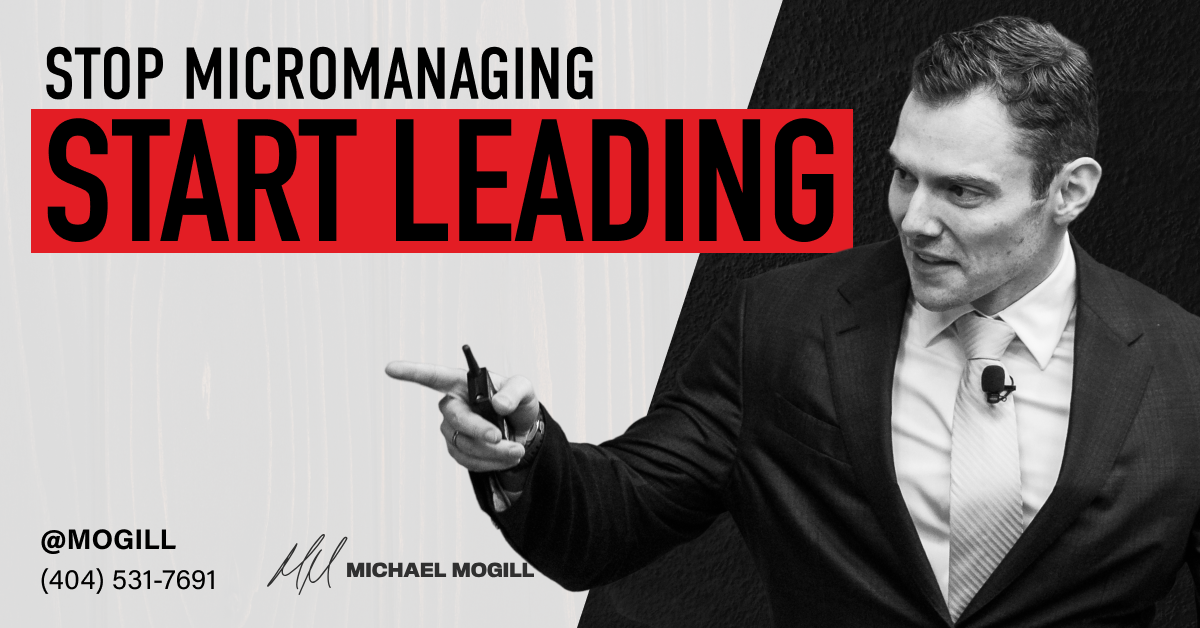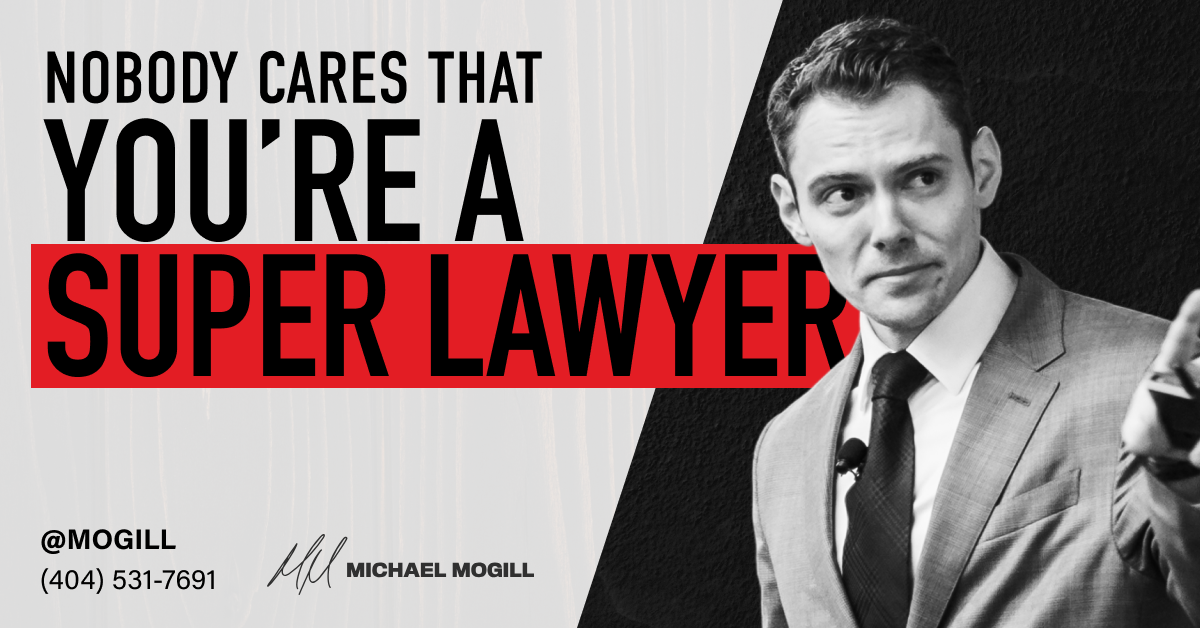Let’s talk about Rule 5.4 from the American Bar Association’s rules of professional conduct.
Rule 5.4 prohibits non-lawyer ownership of law firms and fee-sharing by lawyers with non-lawyers. It essentially says that non-lawyers cannot own law firms. They must be owned by lawyers.
This has historically been the case, but something crazy happened in 2020 — and I’m not talking about the pandemic. In 2020, Arizona eliminated Rule 5.4 in favor of alternative business structures (ABS), making it possible for non-lawyers to invest in and own law firms. Since then, other states have started following suit, such as Utah’s sandbox model and a few others.
One thing is clear: Non-lawyer firm ownership is coming to the legal industry — and your market could be next.
Why would such a bold step even be taken?
Those in favor of non-lawyer firm ownership argue it will make it possible to provide more access to those in need of justice and drive more innovation. Those who oppose eliminating Rule 5.4 believe that if we allow this to happen and we allow non-lawyers to invest, law firms will start prioritizing profits over serving their clients.
Perhaps the more important question, though, is not why this is or is not a good idea. It’s happening regardless.
Perhaps we should be asking: What will non-lawyer firm ownership mean for your law firm?
As it stands currently, only lawyers can own law firms and even compete with other lawyers. But once non-lawyers can start owning, operating, and fee-sharing with law firms, seasoned business professionals — think Fortune 500 CEOs, venture capitalists, and hedge funds — will start entering the scene. These are people who are experts at maximizing efficiency, gaining market share, and creating a competitive edge in the businesses they lead.
Imagine going up against those leaders.
I’m telling you, you’re not going to worry about the other lawyers in your market.
Here are a few threats to consider when you’re going up against non-lawyer owned firms:
1. They’ve got massive budgets.
There are few firms who would even consider investing millions of dollars a month in their marketing — but to a hedge fund, it’s pocket change.
Nothing is stopping them from going the route of someone like Jeff Bezos and saying, “Hey, you know what? If your cost of acquisition for a case is currently $3,000 — we’ll pay $10,000.”
It’s hard to compete with that.
2. They can attract the best talent.
In most non-lawyer corporate structures, one of the things that attracts great talent and great leaders is the ability to share in equity and share in stock — but lawyer-owned firms can only do that with other lawyers.
So with the elimination of Rule 5.4 and the introduction of non-lawyer firm ownership and fee sharing, there’s going to be the opportunity to be able to attract the best people and the best talent with an equity package that was previously unavailable.
It’s hard to compete with that.
3. They will start to consolidate the fragmented industry.
Did you know that in the $370 billion legal industry there is not a single firm in the world that generates even 1% of gross legal fees paid annually?
Not a single one.
Talk about a fragmented industry.
Even Kirkland and Ellis — one of the oldest firms, which started in 1909 and generates $4.83 billion a year, with over 3,000 attorneys in 18 offices — doesn’t even get 1% of gross legal fees paid annually.
When it comes to fragmented industries, it’s not unusual for a private equity firm to swoop and consolidate.
This happened in the dental industry a few decades ago, with the introduction of DSOs, or Dental Support Organizations.
There used to be these mom and pop dental practices everywhere, but then in the 1990s, private equity swooped in with the DSOs. Before you knew it, all those small practices started consolidating under DSO umbrellas, such as Aspen Dental.
Who’s employed by Aspen Dental? The dentists who used to own the mom and pop shops.
Nine out of 10 DSOs are now owned by private equity, and by 2030, 50% of all dental practices will be owned by DSOs. Aspen Dental is in 46 states, with almost a thousand locations and 13,000 staff.








